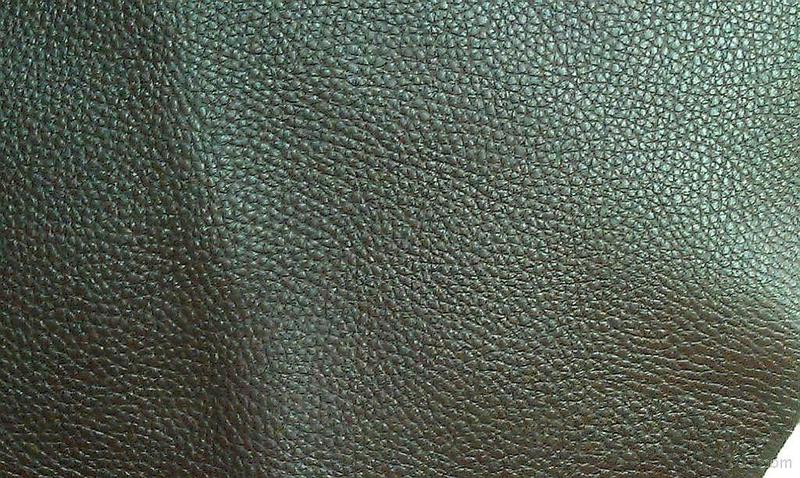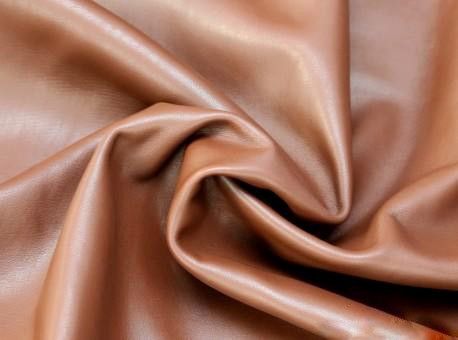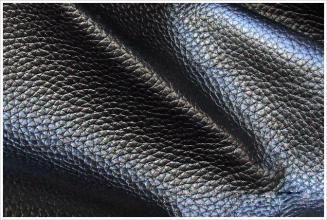What are the Grades of Leather?
Manufacturers generally divide leather into five main grades and categories: full-grain leather, top-grain leather, suede, corrected-grain leather and bonded leather. Many companies advertise leather based on their own numbering systems, since there is no industry-standard numbering system for grading leather.


Full-grain leather comes from the top layer of the hide and includes all the natural texture and blemishes from an animal's skin. Full-grain leather is the most expensive type of leather and is only found on a few of the highest-end products, so as to be the highest grade of leather.
Companies sometimes use the term top-grain synonymously with full-grain, but most top-grain leather comes from just under the surface of the hide. Manufacturers sand away the very top surface to remove blemishes and make the leather fabrics more workable. Top-grain leather is the smooth type generally found on high-end products.


Suede comes from the underside of animal hides. Manufacturers sand and treat it to create a soft surface. Suede isn't as durable or waterproof as full- and top-grain leather. Manufacturers make corrected-grain leather from the same part of the hide as suede, but treat it to produce an artificial surface similar to top-grain leather. Retailers often refer to corrected-grain leather as genuine leather.
At the bottom of the heap, manufacturers make bonded leather from leftover scrap leather, which they shed into a pulp and bond together with latex or polyurethane. Bonded leather is very cheap compared to full- and top-grain leather.

